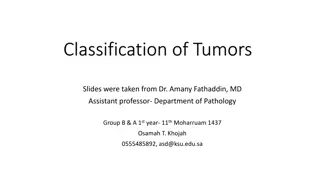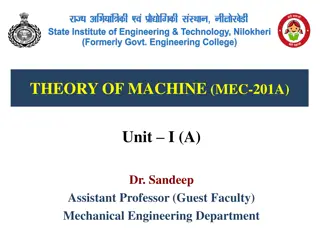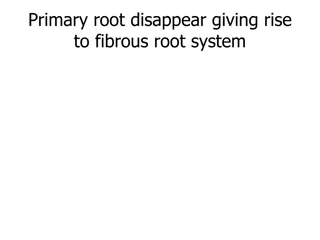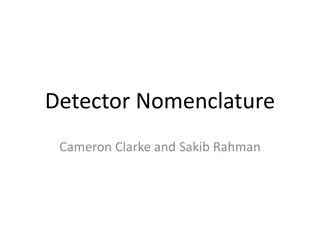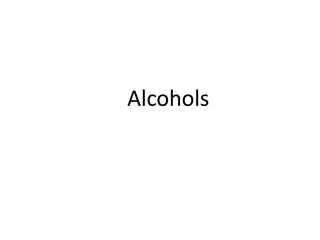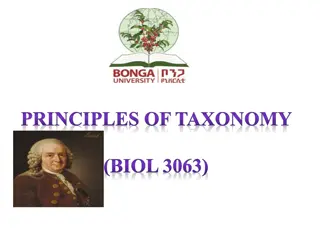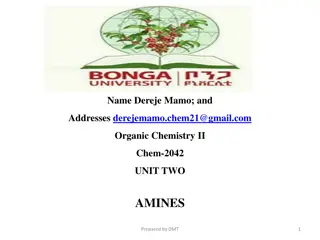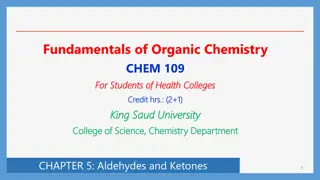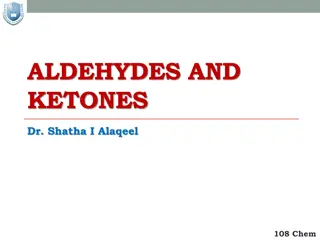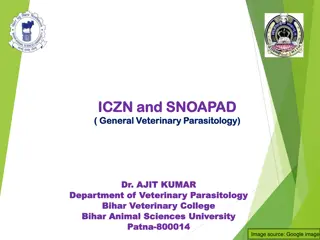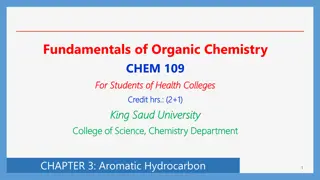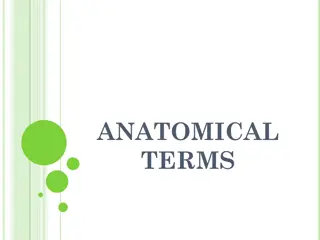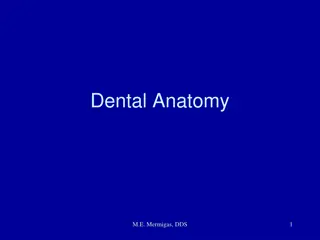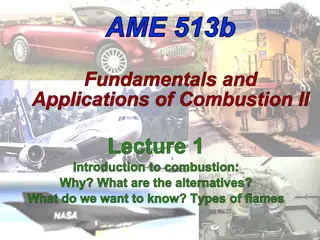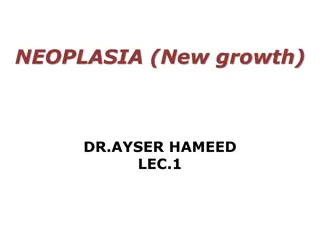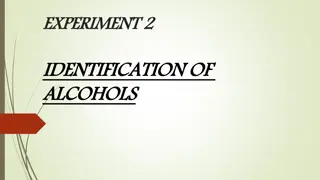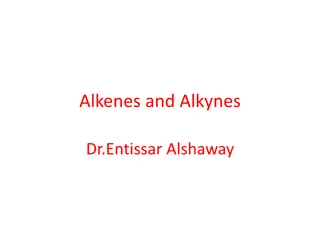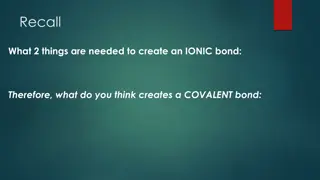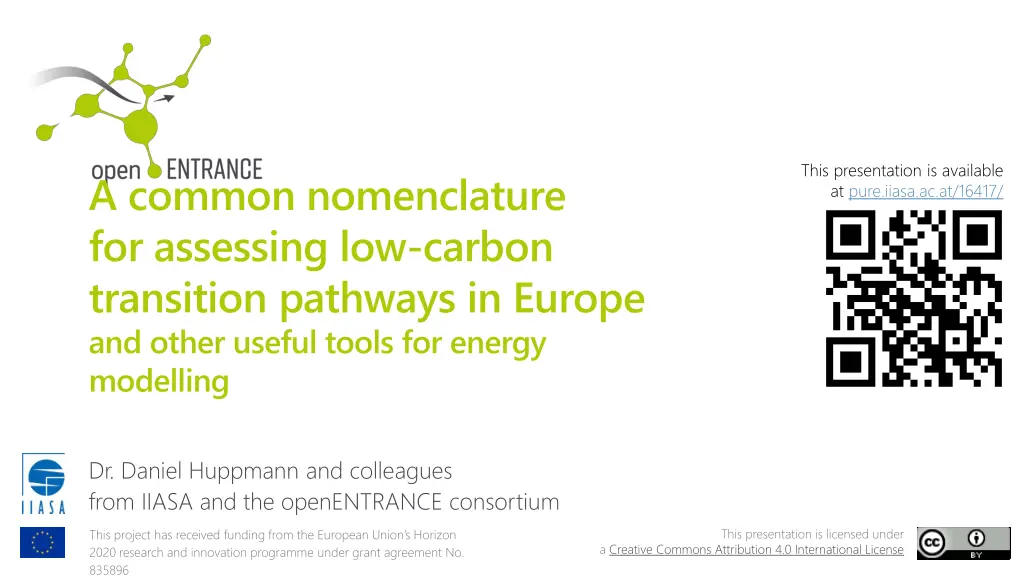
Tools for Energy Modelling Transition Pathways in Europe
Explore tools for assessing low-carbon transition pathways in Europe, including a common nomenclature, model integration, key data dimensions, and the development of a community-based nomenclature process. Learn about the Open Energy Platform and the open-source package pyam for streamlined workflows in energy modelling.
Download Presentation

Please find below an Image/Link to download the presentation.
The content on the website is provided AS IS for your information and personal use only. It may not be sold, licensed, or shared on other websites without obtaining consent from the author. If you encounter any issues during the download, it is possible that the publisher has removed the file from their server.
You are allowed to download the files provided on this website for personal or commercial use, subject to the condition that they are used lawfully. All files are the property of their respective owners.
The content on the website is provided AS IS for your information and personal use only. It may not be sold, licensed, or shared on other websites without obtaining consent from the author.
E N D
Presentation Transcript
This presentation is available at pure.iiasa.ac.at/16417/ A common nomenclature for assessing low-carbon transition pathways in Europe and other useful tools for energy modelling Dr. Daniel Huppmann and colleagues from IIASA and the openENTRANCE consortium This presentation is licensed under This project has received funding from the European Union s Horizon 2020 research and innovation programme under grant agreement No. 835896 a Creative Commons Attribution 4.0 International License
Integrating models across scales for energy transition scenarios Three ongoing Horizon 2020 projects related to modelling in support to the transition to a low-carbon energy system in Europe openENTRANCE.eu, sentinel.energy, spine-model.org The Open Energy Platform provides a framework for transparent exchange and documentation of energy data openenergy-platform.org The key requirement for model integration: A common nomenclature and understanding of the data 2 This presentation is available at pure.iiasa.ac.at/16417/
The (usual) dimensions of energy modelling data The obvious parts of the data dimensions Model & scenario identifier Region: countries, NUTS-x, grid nodes Time dimension: either continuous-time or representative time slices like summer-day The part that requires more thought... How to describe what the data (timeseries) actually is? Varying number of dimensions depending on the data Concatenate all relevant dimensions into one variable name (string) using a hierarchical tree, e.g, Primary Energy|Coal|w/CCS 3 This presentation is available at pure.iiasa.ac.at/16417/
Developing a common nomenclature as a community process Aim: develop a nomenclature in a structure that is both intuitive and versatile For a modeller asking which descriptor should I use for ...? , she or he should find a decent (not perfect) answer within five minutes The repository should provide some additional features that are useful to researchers across domains For example, the repository includes a code snippet to turn the yaml dictionary files into ISO2-to-country mappings including codes used by the European Commission 4 This presentation is available at pure.iiasa.ac.at/16417/ Check out github.com/openENTRANCE/nomenclature for more information!
pyam: An open-source package for streamlined workflows Standardized processing, analysis & visualization of results from your model! Features: Analysis and validation Categorization and indicators Visualization & plotting library Simple statistics package More information: Documentation: pyam-iamc.readthedocs.io Scientific reference: M. Gidden and D. Huppmann (2019). Journal of Open Source Software 4(33):1095. doi: 10.21105/joss.01095 #pyam_iamc 5 This presentation is available at pure.iiasa.ac.at/16417/
A shared repository for common unit conversions Converting units is a common source of confusion (or worse) when preparing input data and analysing model results The python package pint but it does not cover all units frequently used in energy systems analysis and related fields (climate impact, currency conversion, etc.) pint makes units easy (see pint.readthedocs.io) Paul Kishimoto started an iam (see github.com/IAMconsortium/units) collecting additional units and making it available via a pip-installable package iam- -units units repo >>> from iam_units import registry >>> qty = registry('1.2 tce') >>> qty 1.2 <Unit('tonne_of_coal_equivalent')> >>> qty.to('GJ') 29.308 <Unit('gigajoule')> 6 This presentation is available at pure.iiasa.ac.at/16417/
A one-slide guide for better open & FAIR research Five best-practice steps to make your research open & FAIRv1.0 You may think that putting your work*on a website already makes it free & open. But that s not quite true follow these steps to implement best practice of #openscience! * data sets, text, tables, figures & illustrations, source code, scientific software, ... even #Horizon2020 deliverables Five best-practice steps to make your research open & FAIR v1.0 doi: 10.22022/ene/04-2020.16404 | url: openENTRANCE.eu 1.Open If you want your work to be read, used & shared by others, be explicit about it: For text, data, figures, ... use the CC-BY license | For code, visit choosealicense.com To make it easy for others to find and cite your work, get a digital object identifier (DOI) and add a recommended citation 2. Findable Please cite as: Daniel Huppmann et al., 2020 Depositing your work in an institutional repository or a service like zenodo ensures that your work is still available even after the end of the project 3.Accessible Using established community standards, data formats and software packages lets others quickly understand and use your work 4. Interoperable To make it easy for others to build on your work, make sure to assign a version number and relevant (machine-readable) metadata 5.Reusable This project has received funding from the European Union s Horizon 2020 research and innovation programme under grant agreement No. 835896 This page is licensed under a Creative Commons Attribution 4.0 International License 7 This presentation is available at pure.iiasa.ac.at/16417/
Thank you for your attention! Dr. Daniel Huppmann Research Scholar Energy Program International Institute for Applied Systems Analysis (IIASA) Laxenburg, Austria huppmann@iiasa.ac.at www.iiasa.ac.at/staff/huppmann @daniel_huppmann This presentation is licensed under a Creative Commons Attribution 4.0 International License 8

